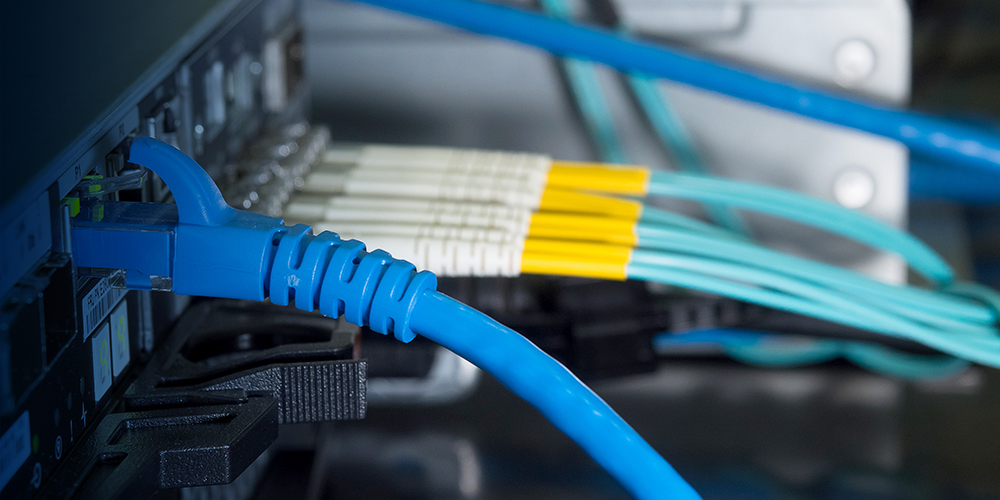
No longer a ‘nice to have’ option, the move to 800G is now a necessity for data center- operators wanting to remain relevant in the age of AI. In fact, as the time between each new generation is shrinking, the industry is already looking beyond 800G to 1.6T solutions.
AI is fueling an Optical Boom
In traditional data centers, data flows in, is processed by a CPU on a general-purpose server, and then flows back out. With AI networks and LLM training, data still flows in, but a large number of GPUs operate together to process the data while communicating and sharing data over a back-end network. This server-to-server backend communication can easily require 8-10 times more bandwidth than the traditional front-end networks that only facilitate data input and output.

Huge AI-driven optical deployments are gaining industry attention as users seek practical solutions to ease the migration while decreasing the power/bit. The initial concept proposed to address this need was Linear Pluggable Optics (LPO). LPO completely removes the DSP from the transceiver in an attempt to achieve power and cost savings, while relying on the host ASIC to perform most of the signal conditioning and channel equalization. While this solution does reduce the cost and power, it creates major challenges in interoperability, network robustness and volume deployments, which significantly increasing OPEX, time-to-market and overall risk.
Recently an alternative solution has been gaining momentum that addresses LPO shortcomings while answering the industry call for reduced power and cost. This solution is known as Linear Receive Optics (LRO). LRO removes the DSP from the module receive path but maintains the DSP in the module transmit path. The LRO implementation achieves an optimal balance of standards compliance, interoperability, network reliability, ease of deployment and power efficiency.
When compared to LPO, LRO also offers significant usability advantages. The LPO optical transmit performance relies heavily on the host ASIC, which is a completely independent device. As such, it is impossible for the module vendor to calibrate the LPO transceiver at the factory. It must be shipped to the end user, who then becomes responsible for the calibration, performance, and the interoperability when integrated into a large network. This presents a major obstacle for efficient deployment and creates roadblocks for interoperability.
With LRO, the optical transmit performance is decoupled from the host with the addition of a transmit DSP. IEEE compliance is maintained with no manual tuning of the host ASIC. Every module is pre-programmed to meet the same optical specifications regardless of the end application or the host system. The transmit DSP also includes additional diagnostic capabilities and permits the use of different optics, allowing for further cost optimization.

A look into the future
Moving forward, certain applications will require pluggable optical transceivers with a full transmit/receive DSP implementation. This is especially true in networks that are not entirely homogenous and are built with components from many different vendors. However, where the system architecture allows, LRO can cut the DSP power in half and significantly reduce the transceiver cost, while maintaining robust performance and general interoperability. This is a clear advantage when interconnecting hundreds of thousands of GPUs in an AI cluster.
Network planners can leverage the power and cost savings of LRO for future builds even beyond the 112G/lane, 800G generation. With its clear path to deployment at 224G/lane in 1.6Tb/s optics, LRO solutions will continue to be a vital tool for power and cost savings in future generations.

The Credo Dove 850, is the industry’s first DSP optimized for LRO. A unidirectional 8 x 112 Gb/s DSP, Dove 850 was purpose built for this LRO architecture.
Visit Credo at OFC 2024 in San Diego to find out more about Dove 850 and the advantages it has to offer. To make an appointment or learn more about Credo’s optical products please reach out to sales@credosemi.com.
